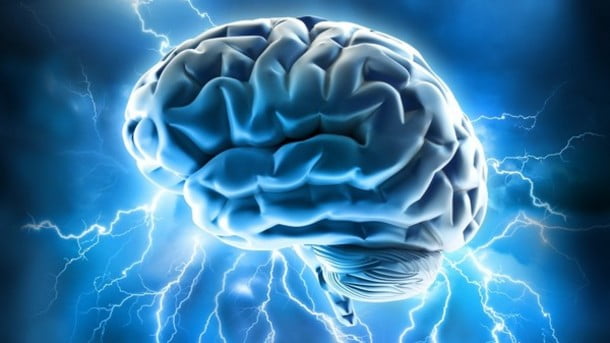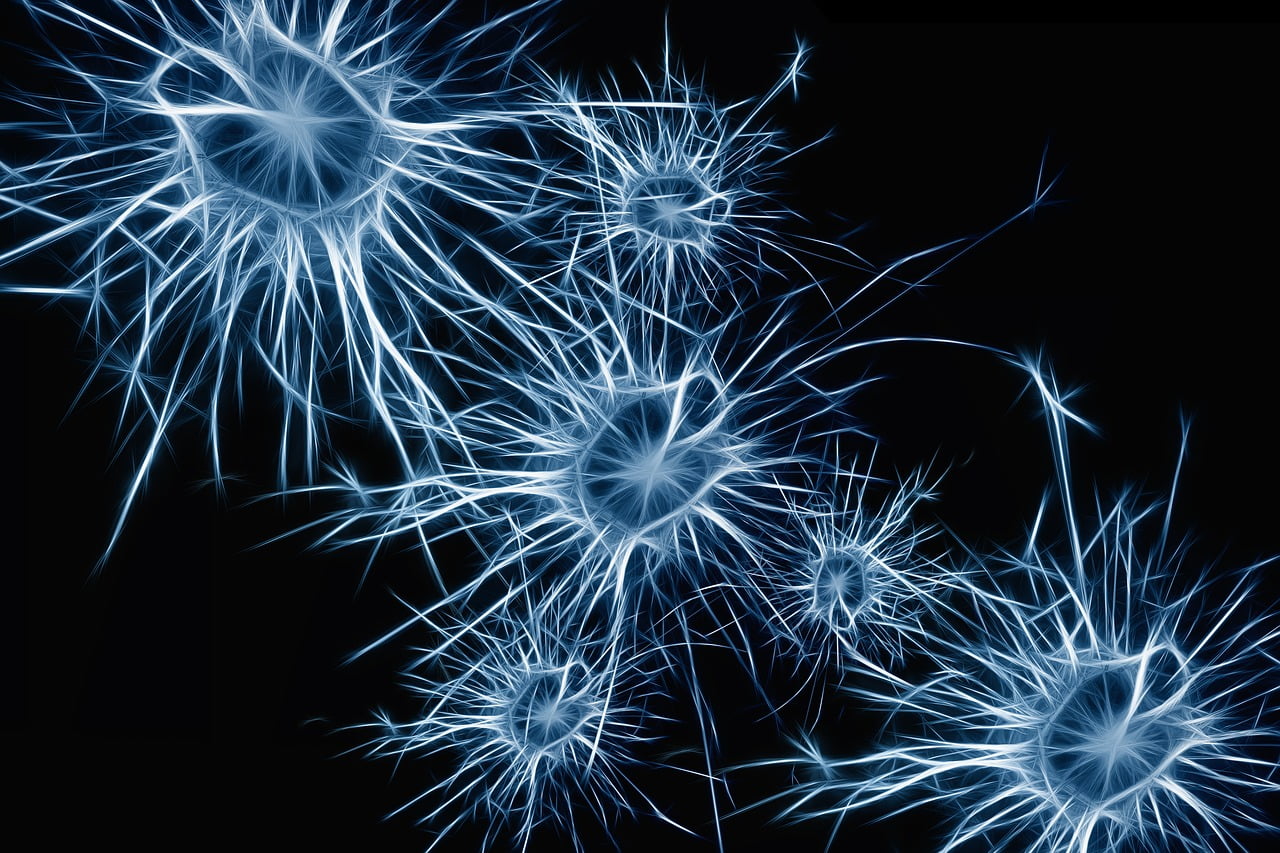Scientists at Israel’s Weizmann Institute have discovered a new type of brain cell that could lead to the future treatment for Alzheimer’s disease.
5.5 million people in America are estimated to have Alzheimer’s disease, according to a report released by the Alzheimer’s Association. It’s the most common form of dementia; its symptoms include memory loss, confusion, behavior changes, and eventually, difficulty performing basic tasks such as speaking and walking. The disease is ultimately fatal.
SEE ALSO: Breakthrough Blood Test For Alzheimer’s Disease To Undergo Clinical Trials
The research group has discovered a new subset of microglial cells, which are the brain’s immune cells. The new cells, which they called disease-associated microglia (DAM), are not found in the brains of healthy mice, and are correlated with the onset of Alzheimer’s disease. Not only this, the scientists were also able to identify the specific proteins that cause the development of DAM cells.
The group used a “genetic microscope” – which was recently developed in the lab of co-head researcher Prof. Ido Amit – to analyze the immune cells in the brains of a mouse model that was engineered to have human genes with Alzheimer’s disease.
How DAM cells lead to Alzheimer’s disease
Alzheimer’s disease is a neurodegenerative disease, which means it occurs as a result of damage associated with neurons in the brain. In a brain with Alzheimer’s, buildup of a protein known as ‘plaques’ in and around brain cells causes structural changes and death of neurons. In a healthy brain, the microglial immune cells clear out the built-up proteins to prevent the damage from occurring.
SEE ALSO: Israeli Scientists Discover The Brain Mechanism Behind Successful Multitasking
Importantly, the scientists were able to identify several proteins that caused disease-associated microglia cells to develop. Normally, microglial cells have a specific composition of proteins that allows them to function properly. This includes regulatory proteins that restrain microglia activity in the brain, and proteins such as TREM2, which recognizes the accumulation of fat-like molecules and dead cells. When the protein composition changes (due to mutations, or changes in quantity), the microglia cells transition into DAM cells.
Sign up for our free weekly newsletter
SubscribeIn other words, mutations or changes in certain proteins, which usually occur due to genetic or environmental failures, cause early and dramatic onsets of Alzheimer’s disease.
The potential for therapy
“This is a completely new concept in comprehending Alzheimer’s disease…, the insight that microglial checkpoints, which are imperative for normal function, become an obstacle in the diseased brain,” Amit said in a statement.
If scientists can figure out how to prevent the proteins from mutating, or identify proteins that stop DAM cells from developing, it will have significant potential for Alzheimer therapy.
Schwartz stated that “by identifying key proteins that restrain the microglia’s transition to DAM, we will search for molecular ways to selectively reduce their expression and/or activity, thereby enhancing the repair pathways.”
The scientists are currently working on identifying the best molecules to target to curb the symptoms of Alzheimer’s.
The research was published by the Weizmann Institute on 8 June, 2017. It was led by Prof. Michal Schwartz of the Weizmann Institute of Science’s Neurobiology Department, and Prof. Ido Amit of the Weizmann Institute’s Immunology Department. The research group included postdoctoral researchers Drs. Hadas Keren-Shaul and Assaf Weiner, and research students Amit Spinrad, Orit Matcovitch-Natan and Raz Dvir-Szternfeld.
Related posts

Israeli Medical Technologies That Could Change The World

Harnessing Our Own Bodies For Side Effect-Free Weight Loss

Missing Protein Could Unlock Treatment For Aggressive Lung Cancer






Facebook comments